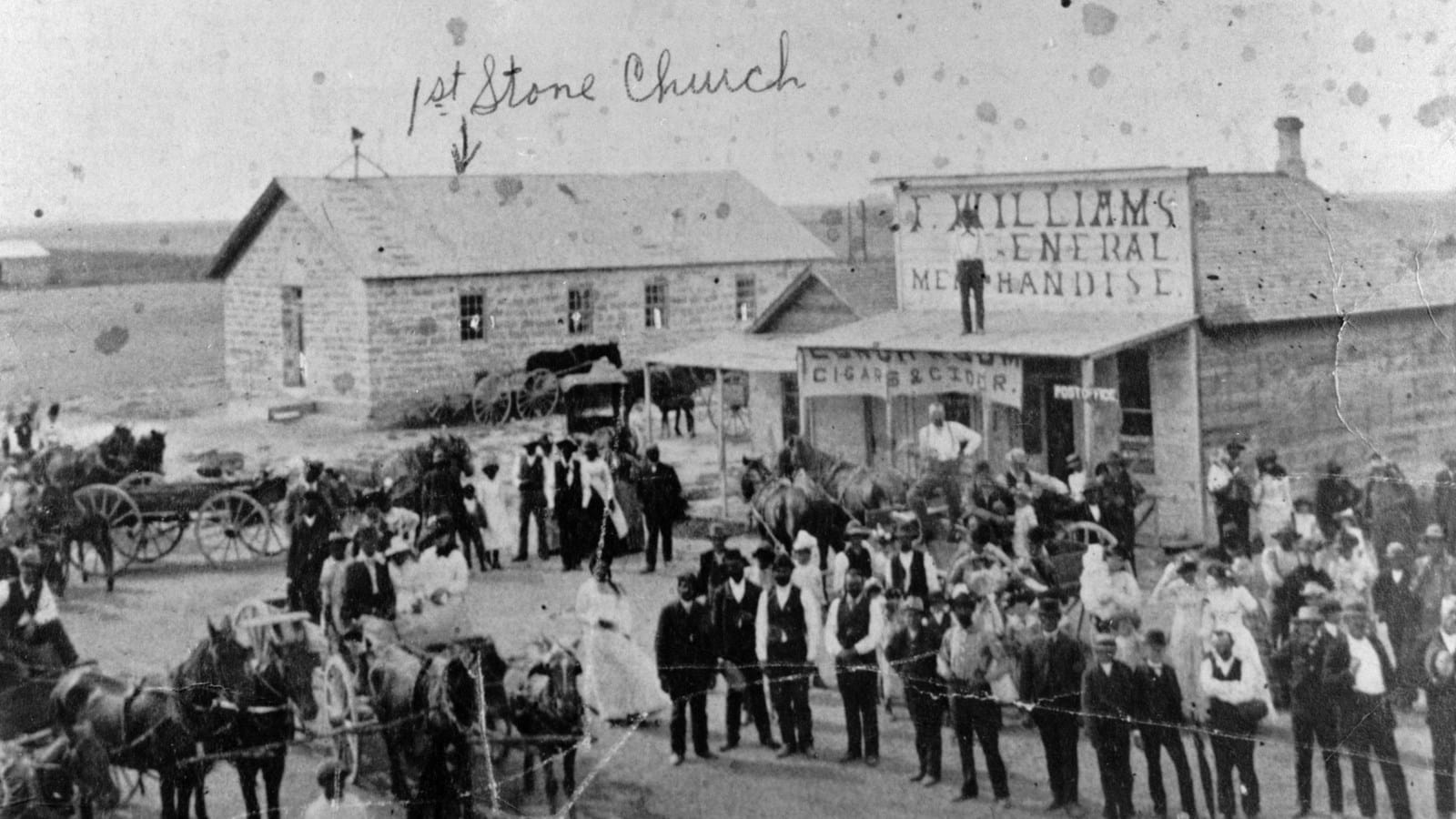
Nicodemus’ Washington St. displaying the community’s first stone church and Williams General Store. Source: National Park Service
On April 18, 1877, six Black Kansans and a white developer created the Nicodemus Town Company. With the goal of establishing an all-Black settlement on the Great Plains, W. H. Smith and W. R. Hill advertised the town as a haven for Black migrants.
In the 1870s and ’80s, as Reconstruction ended in the South, many African Americans moved to Kansas and other territories in the Great Plains in search of land to call their own. Land claims were generally made possible by policies that had recently, and often in violation of federal treaties, forcibly removed Native people from the land.
The first people who lived in Nicodemus were faced with many challenges, mainly due to a lack of resources. Most of the migrants were poor farmers without tools and equipment who struggled to cultivate the land, grow food, and make money. And, due to a lack of timber, many residents had to make their homes out of prairie sod. Life from 1877 to 1878 was so challenging that residents had to reach out to other communities, including the Osage Nation, who provided food, firewood, and staples to aid them.
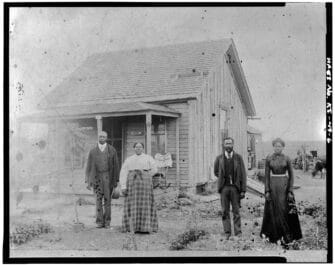
Exodusters (African Americans who migrated from states along the Mississippi River to Kansas during Reconstruction) in front of a home in Nicodemus in the late 19th Century. Source: National Park Service
In 1878 and 1879, a new wave of migrants made their way to Nicodemus, bringing farm equipment and money that the town so desperately needed. John W. Niles replaced W. H. Smith as the town leader, and Niles made the decision to stop accepting help from charities in order to increase self-sufficiency. Niles also didn’t want Nicodemus to become a major stop for Exodusters: the thousands of Black migrants who were fleeing the South to states like Kansas, as he didn’t think an influx of poor farmers would be “helpful” to the community.
Eventually, the town started to be able to support profitable businesses, with a hotel, two stores, and three churches built by a growing number of people providing their skills and supplies.
Despite its success in 1879 and the early part of 1880, the town started to decline later in 1880 due to not enough settled permanent residents and the failure to secure a railroad station. Consequently, many of the businesses in the town shut down. In the early 1900s, the Great Depression and the Dust Bowl both seriously affected Nicodemus, with the population falling to as low as 40 people.
In the 1970s, Nicodemus received donations from former residents working toward a revitalization of the town. In 1976, the town was named a National Historic Landmark. As of 2021, the population of Nicodemus is down to 14 residents.
This story was prepared by May Kotsen, an intern with the Zinn Education Project in summer 2022.
Learn more in the Zinn Education Project national report, “Erasing the Black Freedom Struggle: How State Standards Fail to Teach the Truth About Reconstruction,” and find teaching resources on Reconstruction below.

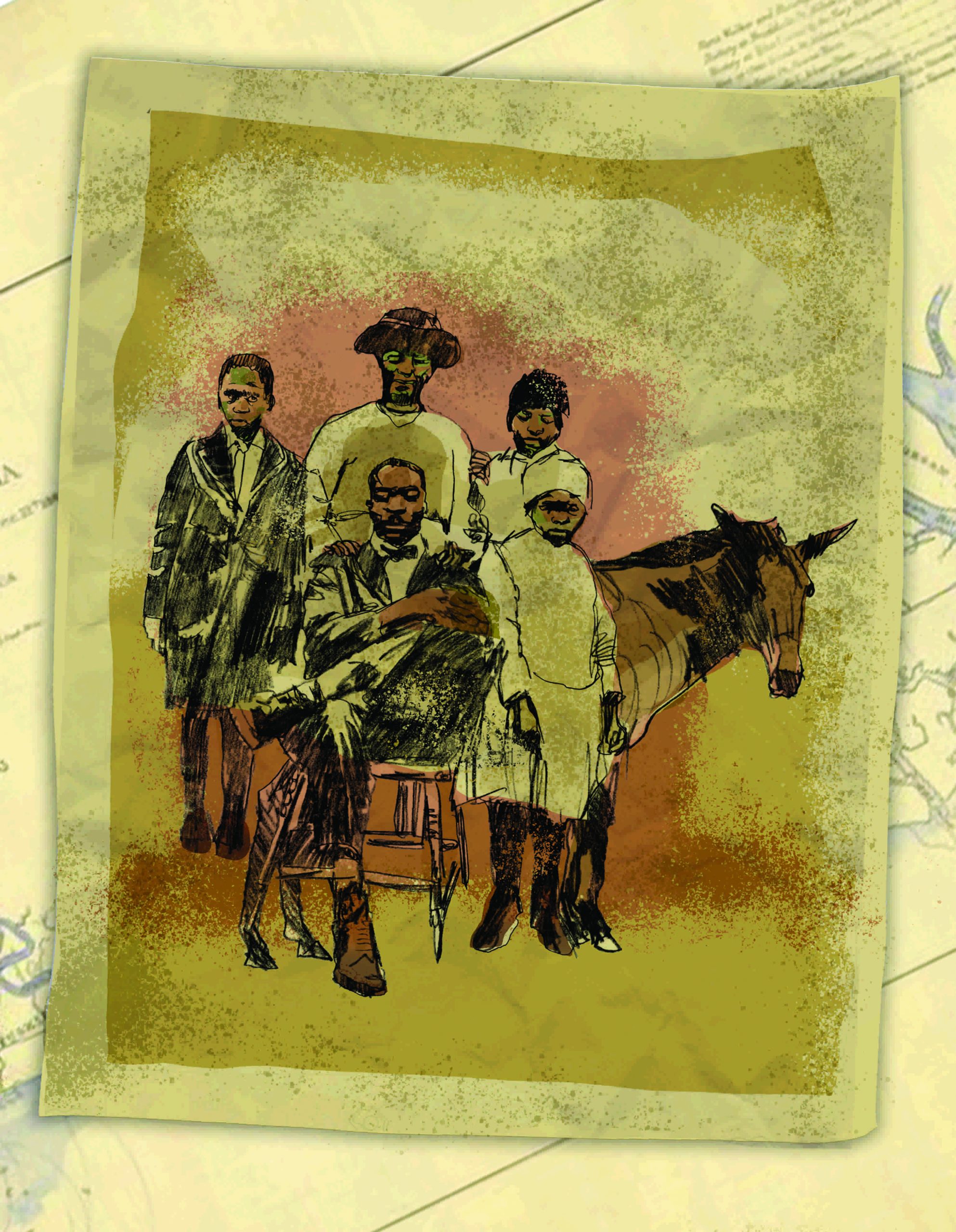
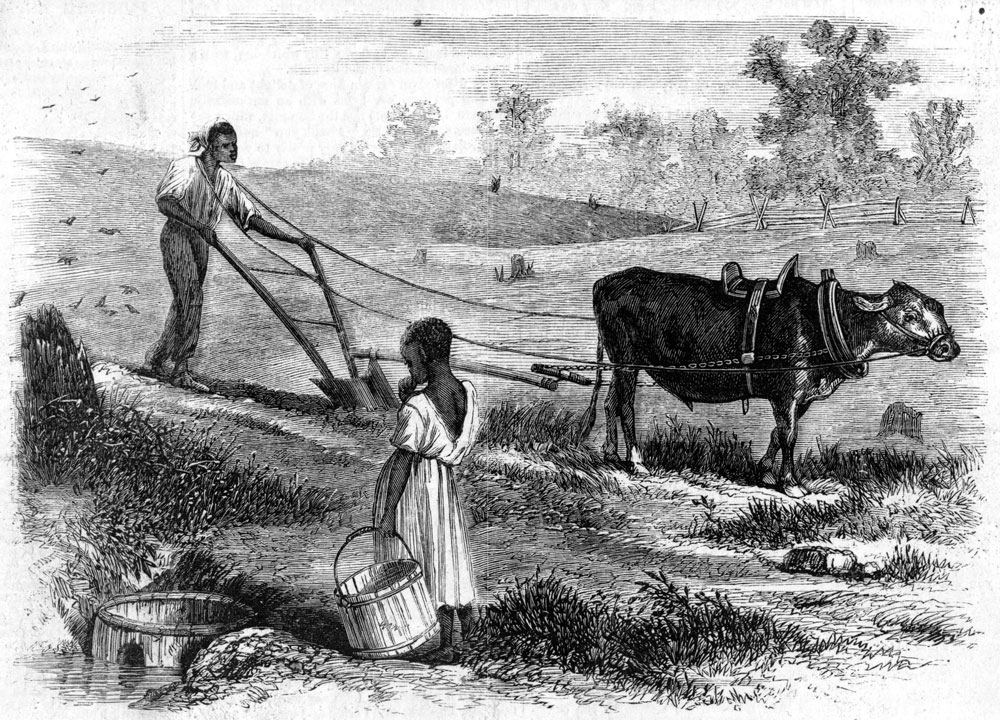



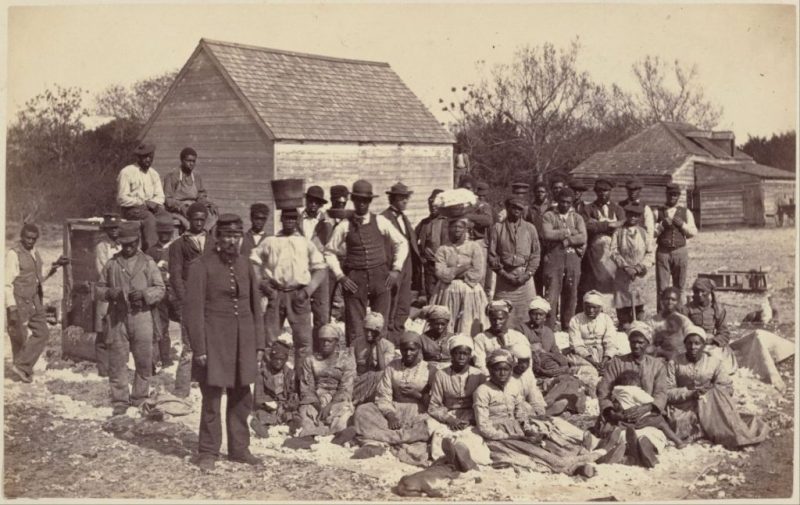
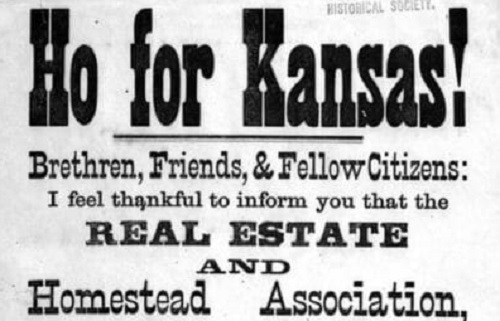
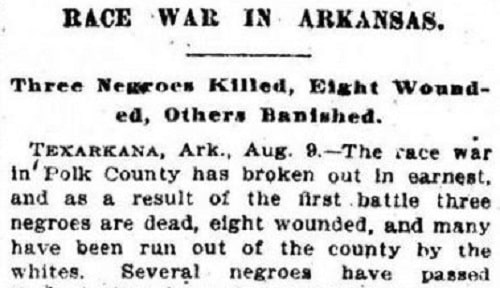





Twitter
Google plus
LinkedIn